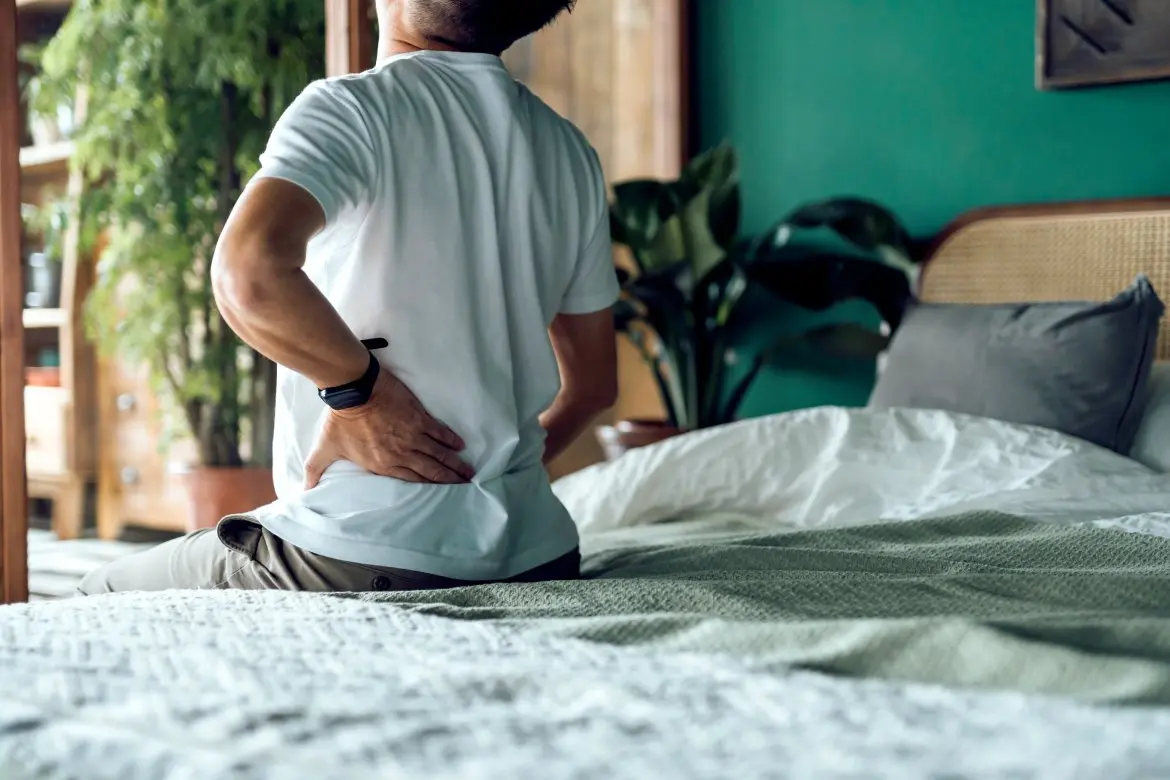Dr Tan Yau Min Gerald
Urologist


Source: Shutterstock
Urologist
Kidney cysts are fluid-filled, sac-like collections that appear either on the surface of your kidney, or inside the kidney itself.
Most kidney cysts don't cause any symptoms. Often, they are simply discovered during a routine health check or ultrasound checking for other conditions.
If your cyst isn't causing you trouble, you likely won't need treatment. Your doctor will just keep an eye on you to make sure it doesn't cause problems further down the line.
However, you may need further treatment if the cyst:
In its early stages, a cyst may not cause any symptoms. However, if it grows to a large size or becomes infected, you may experience a fever, or swelling or pain in your abdomen, back or side. The pain is usually dull, but you may feel sharp pain if the cyst bursts. You may also find yourself urinating more than usual, and your urine may appear dark. It's possible that you may also find blood in your urine.
It's unclear what causes kidney cysts but doctors suspect they could occur when the tubules that collect urine in the kidneys become blocked, fill up with fluid and become swollen. Another possible cause is the formation of pouches called diverticula in the weakened areas of the tubules, which then become filled with fluid.
Compared to women, men are more likely to develop simple kidney cysts, and simple kidney cysts become more common as you age. It is estimated that 50% of people who are 50 years and above have at least one kidney cyst. The risk of having more cysts, in one or both kidneys, becomes higher as you grow older.
There is no specific way to prevent kidney cysts from forming. However, there are some things you can do to lower your risk. Experts recommend drinking plenty of water and controlling how much salt you take during the day – remember, it's not just the salt you add to your favourite food that counts, but also the salt that is found in soy sauce and other sauces and gravies.
The risk of a kidney cyst becoming cancerous is ranked using the Bosniak classification score, so-named after renowned radiologist Morton Bosniak from New York University.
Based on an ultrasound, your doctor will inform you of your cyst's classification and explain the next steps.
It is nearly always best to have a Bosniak 3 or 4 cyst removed surgically. Most doctors recommend a partial surgery for cysts smaller than 4cm, which removes the cyst but preserves as much of the remaining kidney as possible. This can help to stabilise kidney function, which lowers your risk of developing other related conditions in the future, such as heart disease.
If your cysts are not cancerous but are very painful, your doctor may still perform minimally invasive surgery to remove the cyst. Alternatively, they may suggest draining the cyst and then replacing the fluid inside with an alcoholic solution, a simple procedure which hardens the tissue and helps to prevent the cyst from growing back.
If you have a severe infection or lose kidney function, but your other kidney is still functioning well, your doctor may recommend removing the poorly functioning kidney entirely. This can help to prevent the risk of recurring infections or future cancerous changes.
Most doctors recommend leaving 6 or 12 months between ultrasound tests for Bosniak 2 or 2F cysts. Your doctor will inform you of the recommended timeframe for you.
Kidney cysts are usually diagnosed using imaging tests to determine if a kidney mass is a cyst or tumour. Doctors may also recommend kidney function tests. These include:
Ultrasound uses high-frequency sound waves which bounce off internal structures and create an echo, which is used to create an image.
A CT takes cross-sectional scans of your body using X-rays and a computer to combine the images into a clear image.
In an MRI, strong magnetic fields and radio frequency pulses are used to create detailed image of internal organs and structures.
A blood test known as glomerular filtration rate (GFR) will check for creatinine in your blood. Higher levels would indicate that your kidneys are unable to remove this waste product effectively.
An albumin-to-creatinine-ratio urine test (ACR) will detect if protein is present in your urine. If there is, it is a sign that your kidneys are not functioning at an optimal level to filter your blood.
Multiple cysts may indicate a genetic condition, such as polycystic kidney disease, which destroys healthy kidney tissue. To diagnose this, your doctor will review your family history and conduct ultrasound or computer-enhanced X-ray scans to look for cysts.
If you are diagnosed with a genetic kidney condition, there is a possibility of renal failure. This loss of function can result in dialysis or the need for a kidney transplant. However, your doctor will work closely with you to manage symptoms and avoid these complications. They may recommend that you take pain or blood pressure medication as well as undertake cyst drainage procedures to keep the growth of cysts under control.
You may also wish to speak to a dietitian, who can help you create a nutrition plan that eases the pressure on your kidneys and lowers your blood pressure.
If you are concerned about your symptoms or struggling with your diagnosis, consult your doctor for more advice and to gain access to support services.